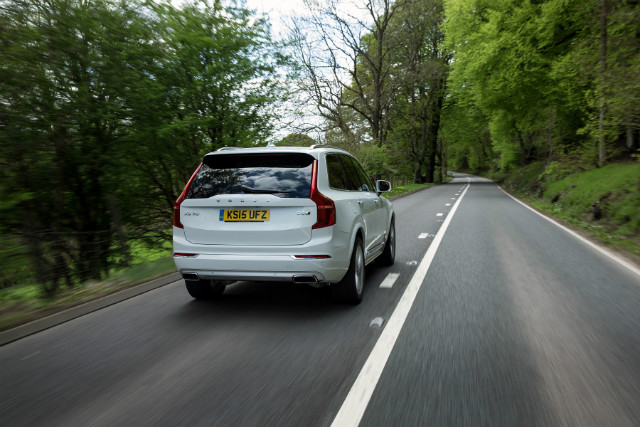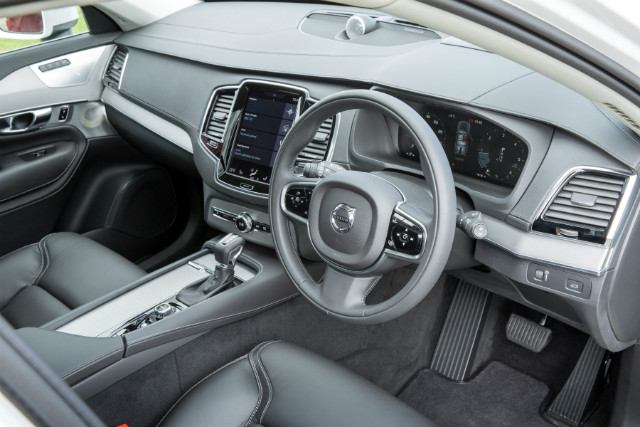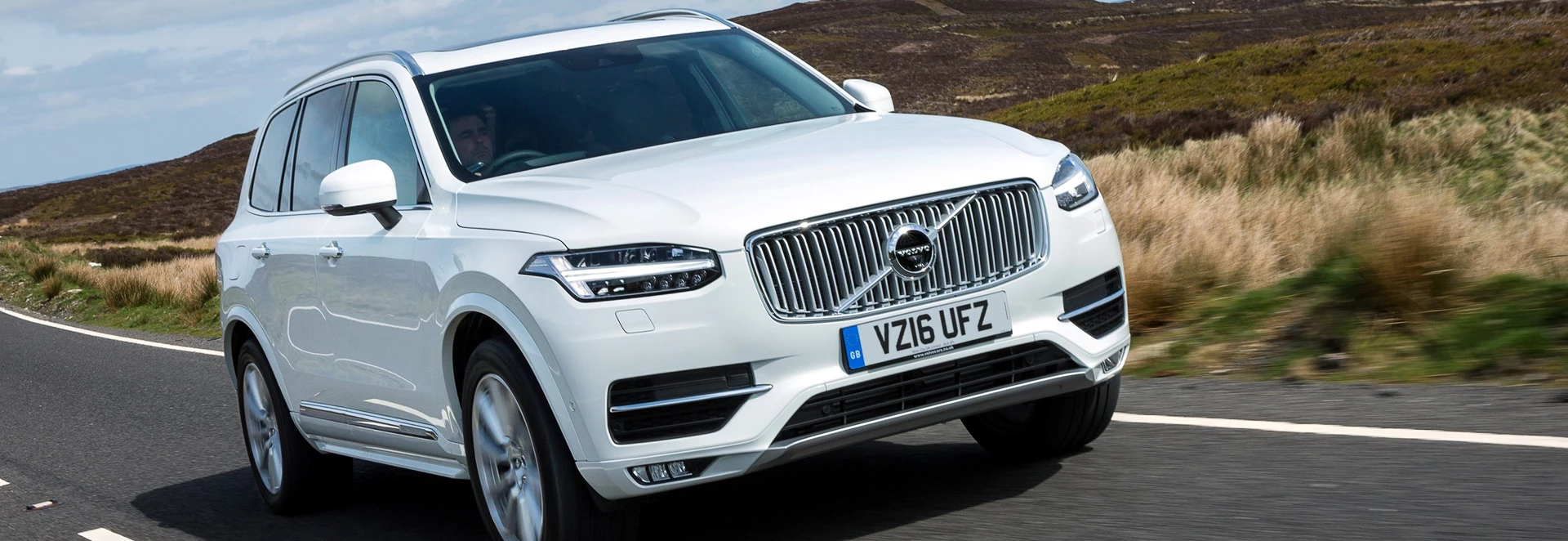Although it remained popular almost until the moment it was withdrawn from the market, the original Volvo XC90 was starting to feel out of date well before it finally reached the end of its run. Its successor is so much more advanced that it's unlikely that anyone will start calling for its replacement before the mid-2020s.
All current Volvo XC90 models are structurally the same, and use the Scalable Product Architecture platform. We haven't seen this before, but it will form the basis of several new Volvos due to go on sale over the next few years. All XC90s are seven-seaters, capable of carrying adults in all three rows, and with the exception of the forthcoming T8 hybrid they can hold 397 litres of luggage with all the seats in place. Load space increases to 775 litres with five seats up and 1,951 (up to roof level) with all but the front two folded down.
At the time of writing the engine choice is limited to the 316bhp T6 petrol engine and the 222bhp D5 diesel. Neither sounds particularly exciting, since they both have only four cylinders, but they're fine units otherwise. The diesel provides much less performance, but its sturdy enough for the job (0-62mph takes 7.8 seconds), and is expected to be by far the more popular of the two.

The most obvious reason for this is fuel economy. An XC90 on 20-inch wheels averages 48.7mpg on the EU test cycle, and I have no doubt that you could match this with a bit of concentration. Over the course of several hundred miles, most of it on motorways, the test car exceeded 40mpg quite easily, according to both the trip computer and my own measurements.
Perhaps the most obvious feature of the very comfortable interior is the nine-inch touchscreen in the centre console, which looks after most of the minor controls. These include air-conditioning, satellite navigation and in-car entertainment.
This touchscreen has allowed Volvo to reduce the number of buttons in the cabin to the bare minimum. Its graphics are excellent, and although it might take some people a while to get used to it quickly becomes easy to operate.
For a tall and heavy car, the XC90 handles very well, and ride quality is good on models with 19-inch wheels, though markedly less so on those with 20s, such as this one. 21s and 22s are also available, and I'm sure some people will like them, but personally I would spurn the opportunity to pay over £3,000 to make the ride worse.

The test car was fitted with electronically controlled air suspension, which costs an extra £2,100. At first sight this is a far better set-up than the standard one, which in order to maintain luggage space uses an incredibly archaic transverse leaf spring at the rear. But in fact, the two systems produce very similar results most of the time.
Buying a low-specification XC90 in this country is difficult, because Volvo doesn't reckon they will sell here and has therefore decided not to import them. All the trim levels offered in the UK are well equipped, particularly the top-level Inscription. Standard equipment includes dual-zone air-conditioning, DAB digital radio, leather upholstery, cruise control, hill descent control, hill start assist and lane departure warning, which seems like a fair deal for £50,185. Like all XC90s, this one also has the City Safety system, which is able to detect the presence of narrow objects such as pedestrians and cyclists.
The test car also featured enough optional extras to push its price to nearly £62,000. The most useful - a spare wheel and jack - cost £150, while the most pleasing was the £3,000 Sensus Connect system packaged with an excellent Bowers & Wilkins audio system.




